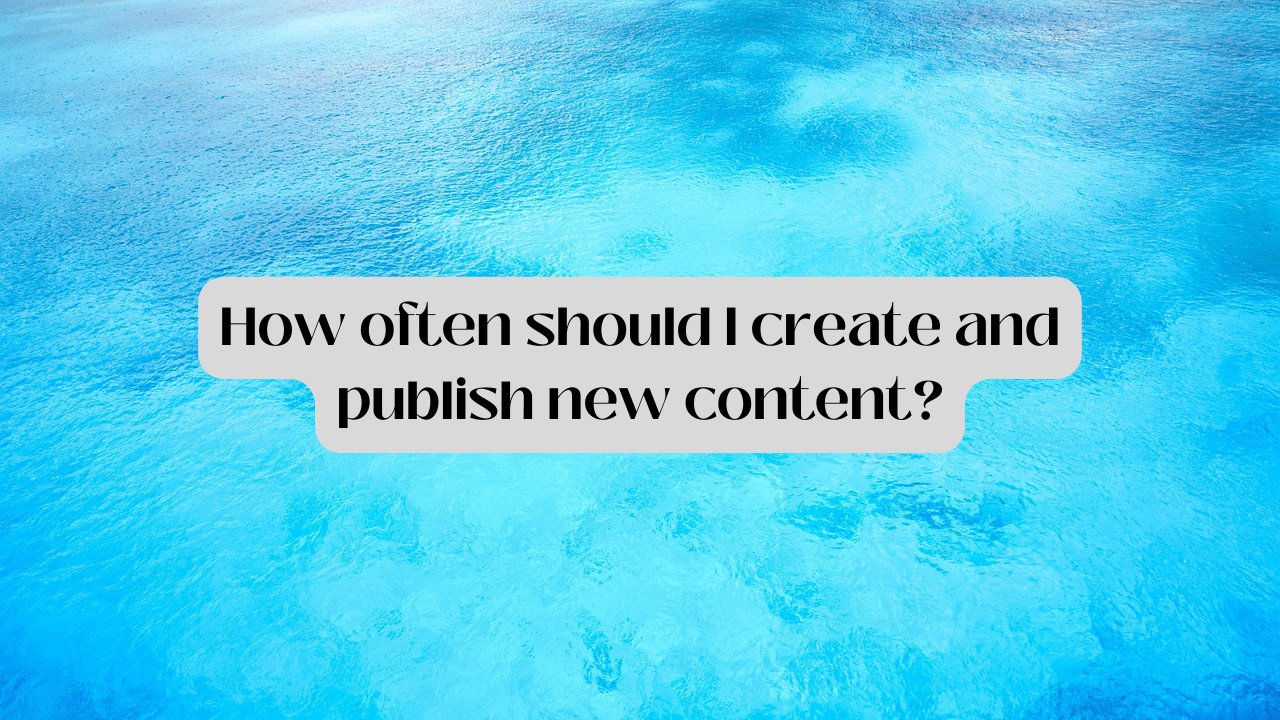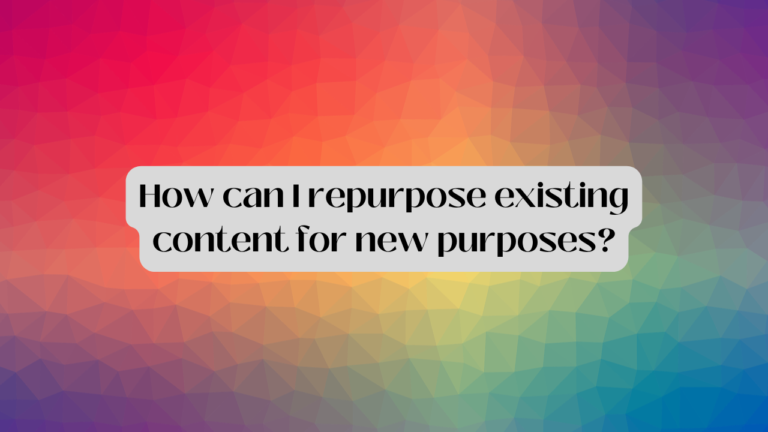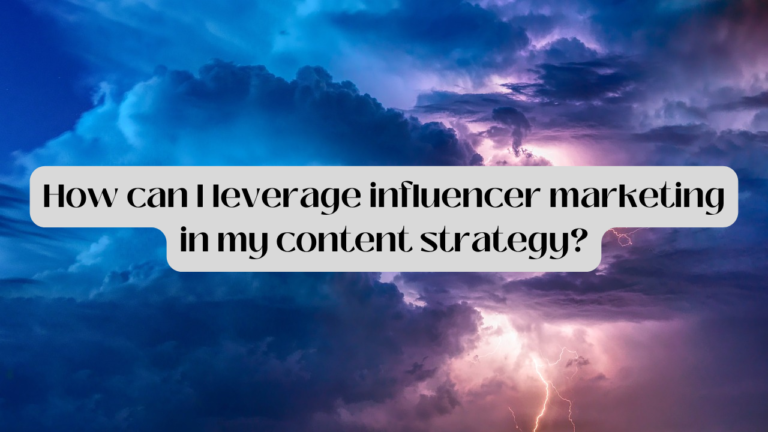How Often Should I Create And Publish New Content?
In the ever-evolving landscape of digital content, the burning question that often keeps researchers and content creators awake at night is, “How often should I create and publish new content?” This question, though seemingly simple, opens the door to a complex web of factors that researchers must navigate to achieve optimal results. In this article, we delve into the art and science of content creation frequency, offering insights, best practices, and answers to frequently asked questions to guide researchers in their quest for content excellence.
The Crucial Role of Content Creation Frequency
In the digital era, content is king. It drives engagement, fosters brand loyalty, and positions businesses and individuals as industry thought leaders. However, the rhythm at which content is generated can significantly impact its effectiveness. Striking the right balance between frequency and quality is crucial to captivate and retain your target audience.
The Golden Rule: Quality Over Quantity
Before delving into the nitty-gritty of content creation frequency, it’s paramount to underscore the timeless principle of quality over quantity. While regular content updates are important to maintain audience interest and search engine visibility, churning out subpar content just to meet a schedule can be counterproductive.
FAQ 1: Is it better to prioritize content quality or publishing frequency?
Answer: Quality should always take precedence over publishing frequency. A well-researched, insightful piece of content is more likely to resonate with your audience, foster engagement, and contribute to your brand’s credibility than a high volume of mediocre content.
Factors Influencing Content Creation Frequency
Now that we’ve established the paramountcy of content quality, let’s explore the factors that should guide your decision on how often to create and publish content.
1. Audience Expectations and Behavior
Understanding your audience’s preferences and behaviors is fundamental. Analyze metrics such as user engagement, bounce rates, and time spent on each piece of content. Adjust your content creation frequency based on when your audience is most active and receptive.
2. Content Type and Depth
The type and depth of content you produce play a significant role in determining frequency. Comprehensive long-form articles might necessitate a longer creation timeline compared to shorter news updates or social media posts.
3. Industry Norms
Research industry benchmarks to get a sense of what is considered an appropriate content creation frequency within your niche. However, remember that these benchmarks should serve as guidelines rather than rigid rules.
4. Resource Availability
Consider the resources at your disposal, including manpower, time, and budget. Striking a balance between your capacity and content goals is essential to avoid burnout and maintain consistency.
5. Content Promotion Strategy
A robust content promotion strategy can enhance the impact of your content. Allocate time for promoting each piece effectively before diving into the next creation phase.
FAQ 2: How do I determine the ideal content creation frequency for my audience?
Answer: Analyze audience engagement metrics and behavior patterns. Experiment with different frequencies and closely monitor the response. Adjust based on the data to find the sweet spot that maintains quality while meeting audience expectations.
Best Practices for Content Creation Frequency

While there’s no one-size-fits-all answer to the content frequency conundrum, several best practices can guide your decision-making process:
- Set Realistic Goals: Align your content creation frequency with your resources and capacity. It’s better to consistently produce high-quality content at a manageable pace than to stretch your team thin.
- Create an Editorial Calendar: Plan your content creation in advance with an editorial calendar. This prevents hasty content creation and ensures a balanced mix of topics.
- Maintain Consistency: Consistency is key. Whether you choose to publish once a week or once a month, maintaining a predictable schedule helps build audience trust.
- Prioritize Evergreen Content: While timely content has its place, evergreen content—content that remains relevant over time—should form a significant part of your strategy. It offers lasting value to your audience.
- Listen and Adapt: Continuously listen to audience feedback. If they crave more content, consider increasing frequency. If they appreciate deeper dives, focus on quality over quantity.
FAQ 3: What if I’m struggling to meet my planned content creation frequency?
Answer: It’s better to reduce frequency temporarily than to compromise on content quality. Communicate openly with your audience about the change and use the extra time to produce exceptional content.
The Verdict: Quality, Consistency, and Adaptability
In the realm of content creation frequency, there’s no universal formula that guarantees success. The key is to strike a harmonious balance between content quality, frequency, and audience engagement. Be prepared to adapt based on data-driven insights and evolving audience preferences. Ultimately, the triumvirate of quality, consistency, and adaptability will guide you toward content creation excellence in the digital age.





